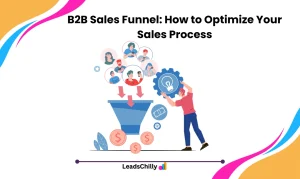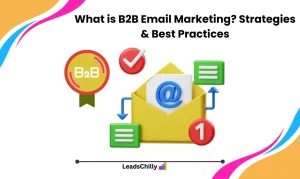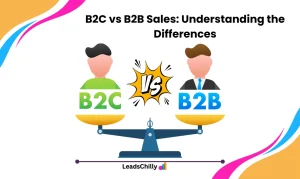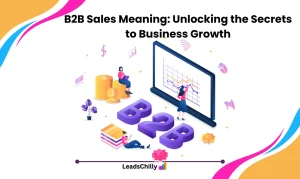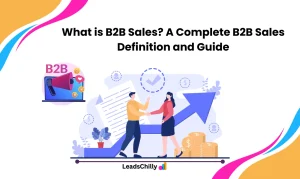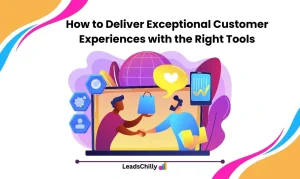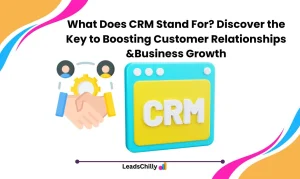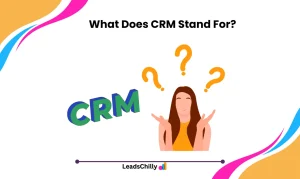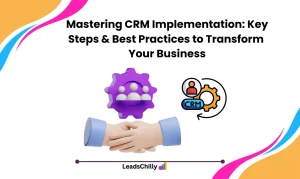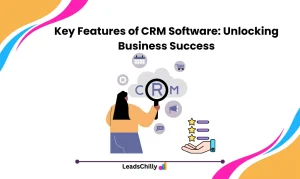A B2B sales funnel is a systematic approach that guides potential business clients from the first interaction with your brand to the final decision of making a purchase. This journey consists of multiple stages where businesses nurture prospects, address their concerns, and build trust, ultimately driving sales conversions. According to HubSpot, “68% of B2B organizations..
